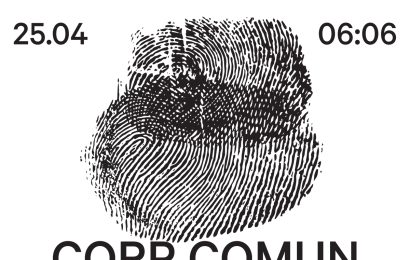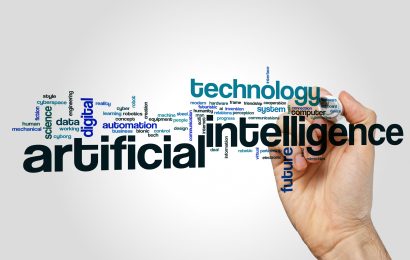Drones in business – a count of benefits
10 years ago, most of us didn’t know what a drone was. Now they’re everywhere. While many people still view these flying robots as a toy, they’ve already proved that they can have numerous commercial applications. Here are just some of the ways in which businesses have been benefiting from drones.
Photography and filmmaking
Taking aerial photographs and videos no longer requires hiring a helicopter – you can now use a drone. This has enabled many businesses to achieve top quality production on a tight budget.
Such photographs and videos can be useful in advertising – realtors can now offer aerial shots of properties, while businesses ranging from bike manufacturers to travel companies have been using drones to create compelling video adverts.
Drones have also been seeing use in other types of media ranging from wedding photography to live news media. If you’re a professional photographer or videographer, you could find all manner of uses for them. This guide https://www.whatsthebest.co.uk/tech/photography/best-drones-photographers/ offers a list of some of the best drones you can buy for professional photography.
Agriculture
Farmers can also benefit from buying drones. Agricultural drones are commonly used to monitor crops from overhead, checking for health problems using digital imaging and sensors. Such health problems could include pests or fungus.
This can be much more efficient than checking crops manually. As the technology advances, drones are expected to become more commonplace in agriculture and may even have the capacity to be automated, checking crops periodically without having to be remote controlled.
Construction
Drones can be useful in the construction industry for getting an overhead view of a construction site. This can be useful for getting a full idea of how a project is going and allows project managers to easily survey everything that is going on.
When it comes to high level construction, drones can also be useful for surveying dangerous locations. Footage could be used to determine whether it is safe for employees and contractors to return to work after bad weather. Drones can also be used to help communicate with cranes when having to do precise work at high levels.
Search and rescue
Search and rescue missions can also benefit from use of drones. Many coastguards have started using drones to assess incidents so that they can then approach them safely from the right angle with the right gear. Speaker attachments on drones can even be used by coastguards to offer rescue services until help arrives. On top of this, beacons can be used to help guide people if necessary (useful in mountain rescue situations).
By adopting drones, such services can save more lives. Newer technologies are being developed that can allow drones to deal with harsher weather conditions – this could allow them to be more effectively used during storms and blizzards.
Insurance
Insurance companies have also found usage for drones. They can come in use when initially assessing risk on buildings, structures and land, helping to spot potentially risks that might not otherwise be possible to assess from the ground. On top of this, they can be used when assessing claims such as assessing storm damage on a roof when dealing with a property insurance claim.
This site https://www.intellectsoft.net/blog/drones-in-insurance-all-you-need-to-know/ offers more information about the usage of drones in the insurance industry. Their usage is thought to increase in the future as the technology becomes even more advanced.
Surveying
Many surveyors now use drones as part of their assessments. Drones can be useful for mapping out areas – which could include vast sections of land for urban development. Building surveyors can meanwhile use drones to assess damage to roofing and walls when carrying out home surveys.
You can find out more about the uses of drones in surveying here. Many of the possible functions of drones are still being explored – future technologies may be able to accurately identify problems using a variety of visual scanning methods.
Repairs and maintenance
Drones can also play a vital part in repairs and maintenance. Their biggest benefit is reducing risk when assessing the condition of structures.
By using a drone, it’s possible to check the condition of a radio mast or the underside of a bridge without having to send a human being to these locations. Roofing companies can meanwhile use drones to safely assess damage to a roof before sending a person up there. In many hazardous jobs, this could reduce the need to pay high insurance rates or indeed to pay employees danger pay.
Scientific research
When it comes to scientific research, drones can also have many uses. When assessing dangerous and remote geographical locations, drones can be the perfect tool. This could include checking cliffs for erosion, inspecting the crater of a volcano or exploring a radioactive zone. Drones can also be used to observe wildlife from above, following herds without creating as much disturbance as a helicopter. They can also be used to take aerial footage of treetops and areas of ocean without having to use a helicopter.
This article points out some of the many ways in which drones are being used to harvest data about our world – data that might not otherwise be collectible.
Things to consider when buying a drone…
While there are cheap drones on the market, the types of drones that are fit for commercial purposes tend to be a little more expensive. Training may be needed to operate these drones. It’s important to weigh up the costs and the time spent training with the likeliness of usage – you might not want to invest thousands into a drone if you’re rarely going to use it.
There are laws surrounding use of drones and issues of privacy to consider. Drones may be banned in certain areas such as heavily urban areas or areas near airports. It’s important to understand the law surrounding drones so that you don’t get into legal trouble.






